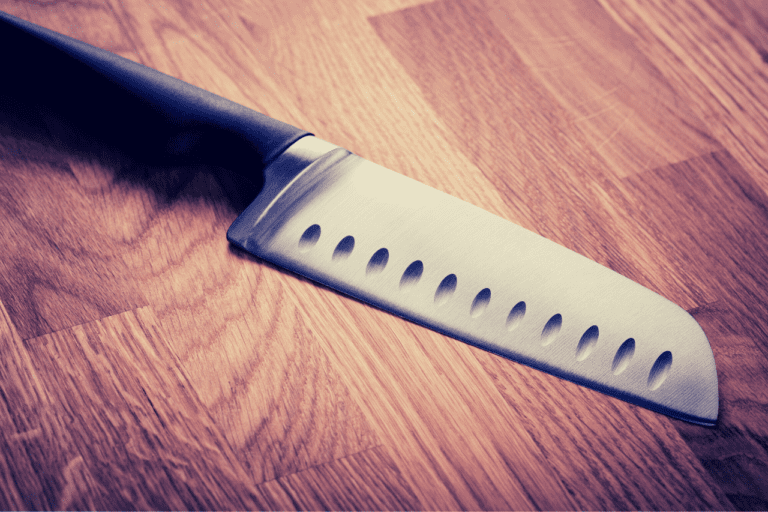Let’s figure out how to remove sliding glass door without causing any damages/ Sliding glass doors give a spectacular sight of a back garden as well as an extra-wide aperture for bringing big furnishings into your house, such as a sofa. Cleaning, servicing, component substitution, or moving big furnishings may necessitate regularly removing sliding doors.
You might also be swapping an old door with a modern one. However, extracting sliding doors is not a challenging process, and it does take some time. Removing a sliding door might appear to be a difficult chore at first.
Still, if you understand the basics, it may be less complicated than you anticipated if you’re seeking, How To Remove A Sliding Glass Door effectively. There is quite a simple procedure to follow to avoid causing unnecessary compromise to the panels, framework, or rail.
Read more about removing a sliding door and the equipment you’ll require.
Now, If you’re banging your head and don’t know where to begin? It’s a good idea to obtain some advice on proceeding and even plan for the work. Suppose you are prepping your house for new door fitting or relocating big furnishings.
In that case, both the movable and static door frames must get removed. If you’re servicing, replacing components, or vacuuming, you might have to detach the movable panel.
How To Remove Sliding Glass Door?
Let’s get into how to remove the sliding glass door.
Set up the Area
Lay foam sheeting on the surface surrounding the workspace protects the floor from scratching and may keep the sliding door from shattering if it gets dumped on the surface. Eliminate any furnishings, carpets, plants, or other things near the workplace.
How To Remove Cabinet Doors Safely? Read Here.
Inspect the Door’s Movable Panel
Patio doors often feature a fixed and movable panel. To create room for the non-movable component of the door, you must first eliminate the sliding section. Most patio doors contain fasteners at the base and bottom of each side’s border, and these get used to secure the door to the rails.
Inspect the fasteners to see what kind of screwdriver you’ll need. In most circumstances, a simple flat driver will suffice.
Disconnect the Door from the Rails
Standard doors feature tracks that allow the door to move back and forth. Most also get equipped with modest yet substantial rollers that will enable the door to slide smoothly.
These rails may distort or gather dirt with time, or the sliders may fracture, making it hard to operate and shut the door.
- Quite often, all required to restore regular functioning is to scrub and oil the rails. In the event of significant damage, dismantling the whole door and fixing the rails or wheels could be the safest alternative.
- When removing the door from the rails, use a flat driver to unscrew all bolts. Easing the fasteners descends the doors, raises the bottom wheels and releases the door from rails. After the bottom and the top fasteners together across the side of the door get removed. Stand next to it and support it on both ends.
- Lift and tilt the door to remove it from the bottom tracks, then slowly bring it out. These doors may seem light since they get made of glass and alloy, and however, they may potentially weigh more than sixty pounds. As a result, having someone assist you in carefully lifting the door and placing it in some spot is a brilliant idea.
Remove the Screening Door
Several glass patio doors have a detachable safety screen. Gently raise the screening door from the outer area and pull it free from the rails after removing the sliding door. If that gets held in place with fasteners, first loosen the fasteners before lifting the doors out.
How To Fix Garage Door Cable? read our comprehensive guide HERE.
Detach the Fixed Panel
A blocker, such as a wooden block or slanted aluminum clamps at the head of the train generally holds the fixed panel in position. If you can’t see the blocker right away, it gets most likely buried behind a sheath linked to the door structure.
- Detach the sheath with a flat probe rod to uncover the blocker. Remove the blocker and loosen it to enable the static panel to glide down the track.
- Disconnect any extra fasteners that are still holding the door to the framework. While extracting the door off the rails, move towards where the movable panel resided.
- Use a pocket knife to remove any paintwork or dirt that gets caught along the rails. Finally, tilt the door inwards raise it off the rails.
Take out the Door Frame
If you wish to change your movable door, you must first remove the old door framing so that the replacement door will fit correctly. Anticipate undertaking some heavy probing to release the framework from the door panel, based on how the framework was attached.
- Cut down and around the sides and top with a circular saw to eliminate the slats, screws, and other sealing’s that hold the frame to the jamb. The bottom section will most likely get sealed to the flooring with some form of sealer.
- With the assistance of your companion, tilt the framework from the head while dragging it on the outside. Next, pull the framing till it is free of the floor. To get rid of the framework cut up and toss the parts away.
Avoid Using Force to Open the Door
Shims, screws, and seals may make it difficult to remove a door. Extreme pressing and probing increase the likelihood of shattering the glass pane, destroying the rails, or harming the door framing and adjacent skirting, resulting in additional repair expenditures.
Fo going with, How To Remove A Sliding Glass Door with little impact, attempt to eliminate all screws, and use suitable instruments such as a circular saw to slice the seal materials
Bottom Line
Removing a patio glass door takes persistence, a little DIY understanding, and, obviously, the correct tools—request assistance in fastening and pulling the door out of its rails for safety and convenience. So, we hope now you know how to remove a sliding glass door.
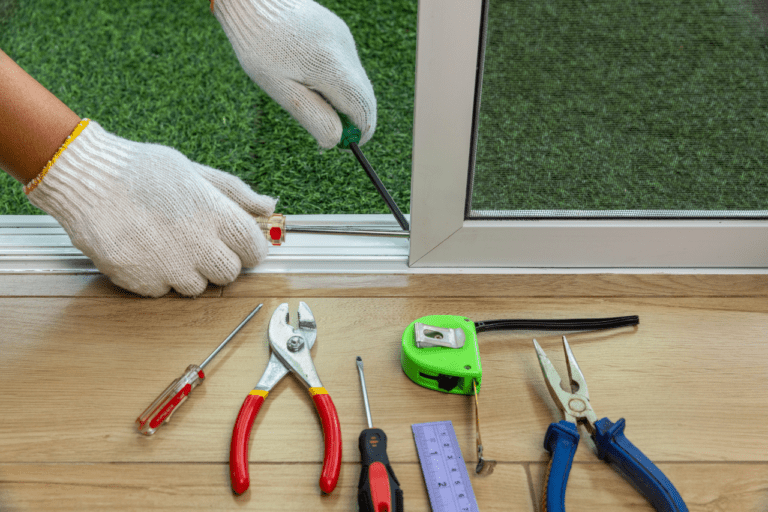

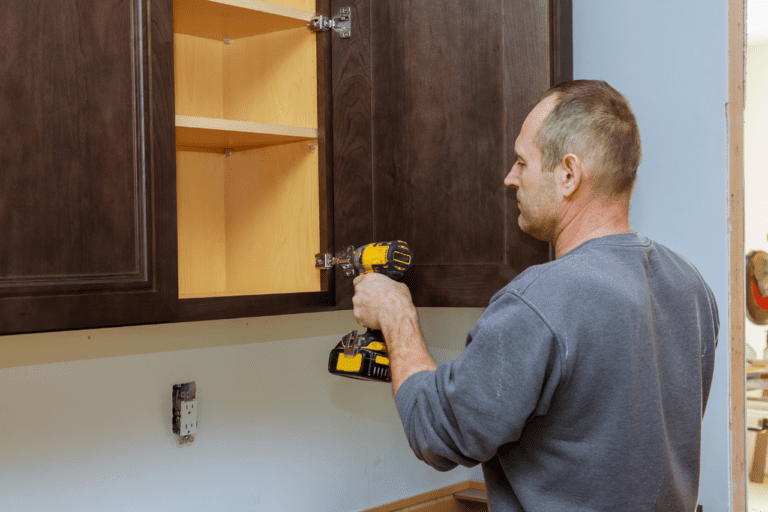
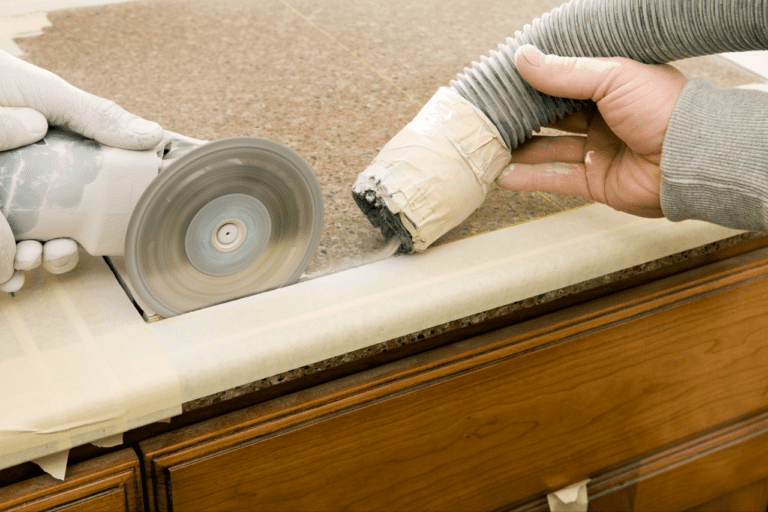
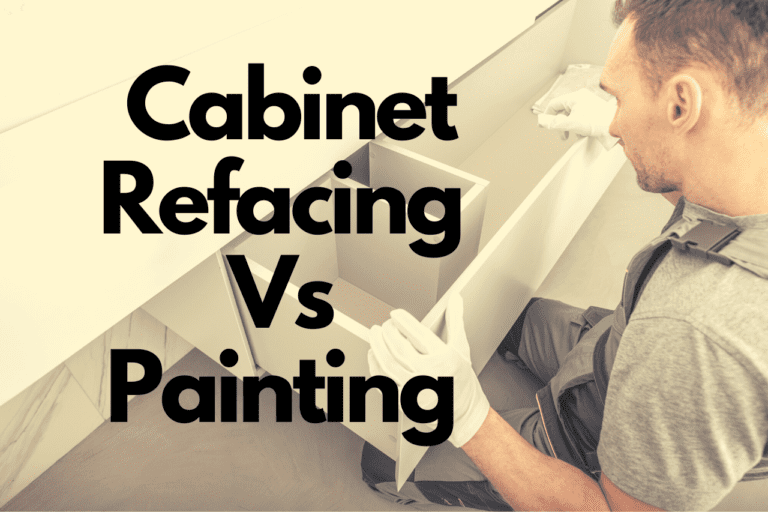

![What To Do When Your Toilet Won’t Unclog [SOLVED] What To Do When Your Toilet Won’t Unclog [SOLVED]](https://www.vatnex.com/wp-content/uploads/2022/01/What-to-Do-When-Your-Toilet-Wont-Unclogq-768x512.png)

